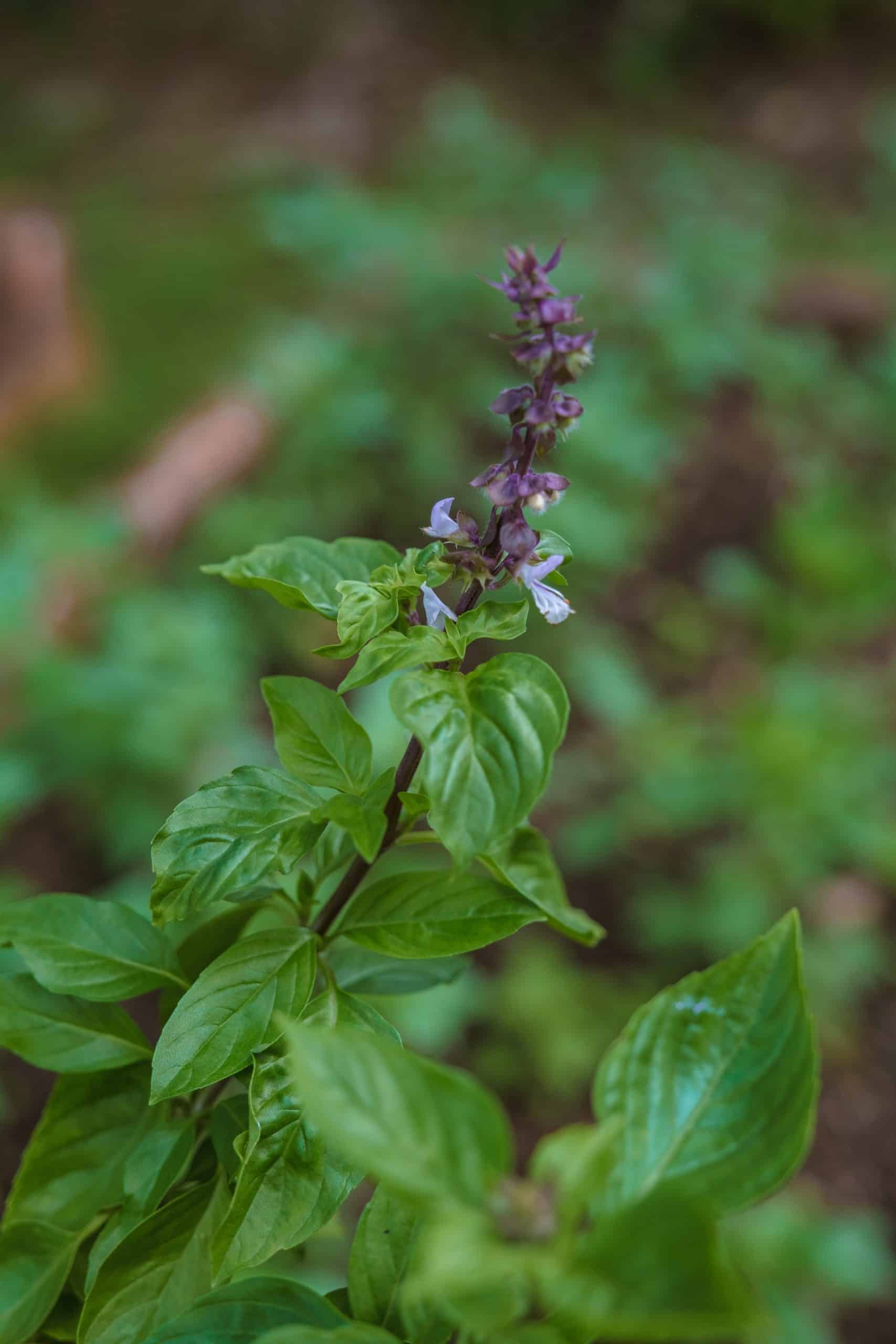How to Design Real Estate That Supports Local Wildlife Without Sacrificing Development Goals?

As communities grow and expand, the impact on local ecosystems and wildlife can be significant. Balancing the needs of development with environmental sustainability has become a vital challenge in real estate design. But, how can we create a built environment that supports local wildlife without sacrificing our development goals? This article will explore this question, discussing practical solutions that seamlessly combine natural and built environments while ensuring economic viability.
Building with Biodiversity in Mind
There’s no denying that our building practices often intervene with the natural environment. However, it is possible to design and construct in a way that minimizes environmental disruption and promotes biodiversity.
A lire aussi : What Are the Benefits and Challenges of Building Passive Houses in the UK?
The concept of building with biodiversity in mind revolves around the idea of creating structures that blend with the local environment instead of disrupting it. This approach often includes the use of sustainable materials and energy-efficient designs. It might also mean allocating space within the development for green areas that can serve as habitats for local wildlife.
This concept goes beyond mere landscaping. It involves a deep understanding of the local ecology, the type of wildlife, and their requirements for survival. Google Scholar and other research resources can provide valuable insights into local wildlife and potential ways to protect them.
A lire aussi : What Is the Impact of the Gig Economy on Residential Real Estate Demands?
Sustainable Urban Drainage Systems
Water management in real estate is an aspect often overlooked when considering wildlife. However, the creation of sustainable urban drainage systems (SUDS) can play a significant role in protecting local ecosystems.
SUDS are designed to mimic natural water management processes, minimizing the impact of urban development on the water cycle and creating habitats for wildlife. These systems can include features like permeable paving, rain gardens, and retention ponds.
SUDS not only provide a habitat for local wildlife but also reduce the risk of flooding, improve water quality, and enhance the aesthetic appeal of a development. In essence, these systems blur the line between natural environment and human-built structures, creating a thriving ecosystem within the urban jungle.
Integrating Renewable Energy Sources
The integration of renewable energy sources into real estate development is another crucial aspect of designing buildings that support local wildlife. By reducing the dependency on fossil fuels, developments minimize their environmental impact and contribution to climate change, a significant threat to biodiversity.
Solar panels and wind turbines can be incorporated into the design of a building from the outset. However, it’s essential to be mindful of the potential impact on wildlife. For instance, solar panels should be positioned to avoid glare that could disturb local species, and wind turbines need to be carefully located to avoid bird migration routes.
Creating Community Engagement
Communities play a crucial role in the success of any real estate development. Engaging the local community in the planning process can help ensure that the development is not only economically viable but also environmentally friendly and socially beneficial.
Community engagement can take many forms, such as public meetings, workshops, or online platforms for feedback. This dialogue can provide invaluable insights into local wildlife species, their habitats, and how the community values these aspects of the local environment.
Involving communities not only fosters a sense of ownership and care for the wildlife-friendly features of the development, but it also helps to educate the public about the importance of biodiversity and sustainability.
Incorporating National and Local Environmental Policies
Lastly, in your quest to design real estate that supports local wildlife, it’s vital to consider national and local environmental policies. These policies often provide guidelines on protecting certain species or habitats, controlling pollution, and managing resources.
Adhering to these policies not only ensures compliance with the law but also aligns your real estate project with broader sustainability goals. It demonstrates your commitment to responsible development that respects and enhances the local environment.
In sum, constructing real estate that supports local wildlife requires an innovative approach that combines sustainable practices, community engagement, and respect for local and national environmental policies. The result is a harmonious blend of the built and natural environment where economic growth, human needs, and wildlife conservation coexist.
Innovative Green Design: Living Walls and Natural Light
In an aim to create a friendly building design that supports local wildlife, one should also consider the opportunities presented by innovative green design techniques such as living walls and natural light utilization.
Living walls, also known as green walls or vertical gardens, are walls either partially or completely covered with vegetation that includes a growing medium, like soil or a substrate. They are more than just aesthetically pleasing architectural elements. These living walls can provide habitats for insects and birds, increasing urban biodiversity. Notably, research insights from Google Scholar highlight the effectiveness of living walls in reducing building energy consumption by acting as natural insulators.
Incorporating natural light into building design is another key aspect. Maximizing the use of natural light not only reduces energy consumption but also minimizes the light pollution that can disrupt the behavior of local wildlife. For instance, excessive artificial lighting can disorient nocturnal animals, interfering with their feeding, mating, and migration patterns.
Designing buildings that make the most of natural light requires an in-depth understanding of the sun’s path throughout the year. This approach can include using reflective surfaces to bounce light into darker places, installing light shelves, or using skylights and solar tubes. These measures can improve the quality of indoor air, creating healthier living and working environments for humans as well.
Long-Term Implications and Conclusion
Designing real estate that supports local wildlife is not just about immediate environmental impact. It’s about considering the long-term implications of our choices and building for the future. We must keep in mind the potential consequences of climate change, natural disasters, and dwindling natural resources.
The increasing frequency and intensity of natural disasters, fueled by climate change, call for a shift in how we design and build. It means creating structures that are resilient and can withstand these challenges without negatively impacting local wildlife.
Incorporating biodiversity conservation in real estate development brings multiple benefits, including healthier ecosystems, improved air quality, and enhanced well-being for local communities. Sustainable development in real estate isn’t just a trend; it’s a necessity for the long-term survival of our cities and the wildlife that inhabit them.
In conclusion, balancing the built environment with local wildlife is a complex process. It requires innovative thinking, community engagement, respect for local and national environmental policies, and a deep understanding of the natural world. By taking the necessary steps, we can create spaces that not only fulfill human needs but also contribute to the preservation and enhancement of local wildlife habitats. The result is a sustainable, economically viable development that respects biodiversity and the rights of all inhabitants—human and otherwise.
